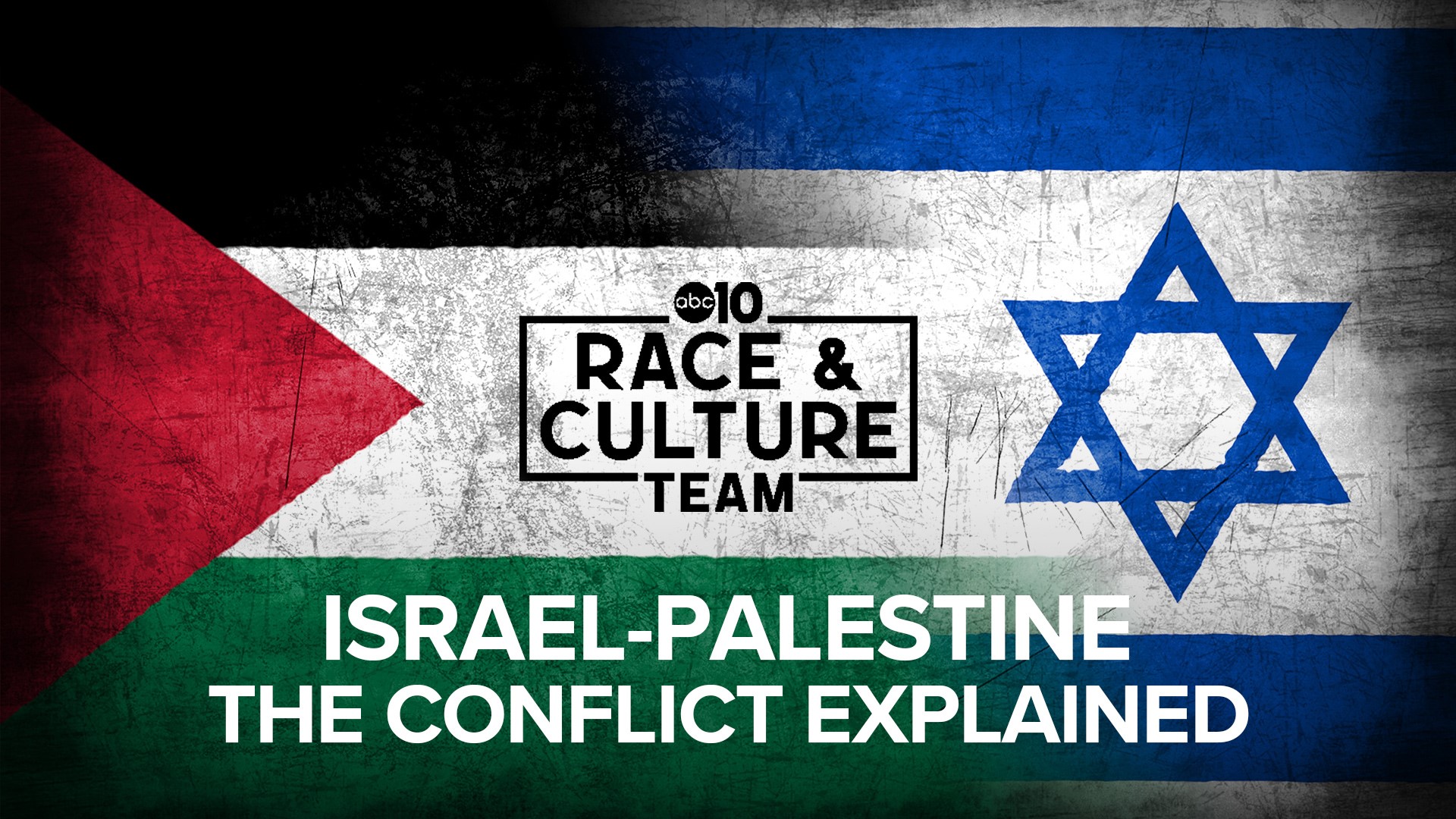Ang sanlibutan ay nabalot ng mga misteryong hindi maipapaliwanag at mauunawaan ng lahat ng sangkataohan kung kaya't ang Dios na tagapaglikha ay nagtalaga ng mga taong lubos na nakakaunawa at pinagkalooban ng Dios ng mga kakayahan at kapangyarihang arokin ang mga misteryong lihim na umiiral dito sa mundong ating ginagalawan.
Sabado, Oktubre 14, 2023
The Israel-Palestine Conflict: A Historical Analysis from Ancient Times to the Present
The Israel-Palestine conflict is a deeply complex and longstanding dispute that has captivated the attention of the world for decades. Rooted in a history that spans thousands of years, this conflict revolves around competing claims to the land of historic Palestine, which is located in the Eastern Mediterranean region.
To truly understand the complexities of the Israel-Palestine conflict, it is essential to delve into its ancient history and explore the origins of this longstanding dispute. The roots of the conflict can be traced back thousands of years, to a time when the region was inhabited by various tribes and kingdoms.
The British Mandate period played a pivotal role in shaping the Israel-Palestine conflict as we know it today. With the fall of the Ottoman Empire after World War I, the League of Nations entrusted Britain with the administration of Palestine, a land that was home to both Jewish and Arab communities.
The partition and the creation of Israel mark a pivotal moment in the history of the Israel-Palestine conflict. The roots of this conflict can be traced back to the late 19th and early 20th centuries, when tensions between Jewish and Arab communities in the region began to escalate.
The Arab-Israeli wars and the Palestinian refugee crisis are pivotal events in the Israel-Palestine conflict that have shaped the current dynamics of the region. These conflicts have deep historical roots, dating back to the establishment of the State of Israel in 1948.
The Oslo Accords, signed in 1993, marked a significant turning point in the Israel-Palestine conflict, offering a glimmer of hope for a peaceful resolution. The negotiations took place in secret, facilitated by international mediators, and resulted in a historic agreement between the Israeli government and the Palestine Liberation Organization (PLO).
The Israel-Palestine conflict has been marked by periods of intense violence and political upheaval, and the intifadas serve as poignant reminders of the deep-rooted grievances and frustrations that have plagued the region for decades.
The Israel-Palestine conflict has not only been shaped by the actions and decisions of the local parties involved but has also drawn significant attention and involvement from international actors. Throughout history, various countries, organizations, and individuals have played a role in shaping the conflict and influencing its trajectory.
The issue of settlements, occupation, and the status of Jerusalem has been at the heart of the Israel-Palestine conflict for decades. It is a complex and highly contentious topic that has shaped the political landscape in the region.
The Israel-Palestine conflict has been a complex and deeply rooted issue for decades, with numerous challenges that have hindered the prospects for lasting peace. In recent years, the region has witnessed a series of political, social, and economic challenges that have further complicated the path towards reconciliation.
In conclusion, understanding the historical context of the Israel-Palestine conflict is of utmost importance when trying to grasp the complexities of this ongoing dispute. By tracing back to ancient times and examining the various events, power struggles, and identities that have shaped the region, we can develop a more nuanced understanding of the conflict and its deep-rooted nature.
Mga etiketa:
agimat,
ANTING-ANTIN,
Anting-anting,
Esoteric Wisdom,
Esoteriko,
Exorcism,
gayuma,
Healing,
KARUNONGANG LIHIM,
LIHIM NA KARUNONGAN,
miracle,
Occultism,
Oracion,
Panggagamot,
protection
Mag-subscribe sa:
I-post ang Mga Komento (Atom)
The Enchanted Book of King Adamantium
The Enchanted Book of King Adamantium By William Ubagan Hardcover The Enchanted Book of King Adamantium is an esoteric book that unveils p...

Popular Post
-
Ang mga pangalang "ARAM ACDAM ACSADAM" ay maaaring may malalim na kahulugan at konteksto sa esoterikong pananaw, partikular sa ...
-
DOWNLOAD BOOK The Power of Mind is your gateway to unlocking the extraordinary creative potential hidden within you. Blending ancient eso...
-
Ang habak ay isang gamit na pangcombate espiritual na nagpapatalbog ng mga masasamang galing gaya ng kulam, barang, tigalpo, palipad-hang...
-
DOWNLOAD BOOK Step beyond the veil of the ordinary and enter the timeless realm of hidden knowledge. In Unlocking the Secrets: A Beginner...
-
CLICK TO DOWNLOAD BOOK Divide and Conquer By William Ubagan In a world defined by conflict, competition, and power struggles, the ability ...
-
DOWNLOAD BOOK The Codex of Sacred Power is a treasury of mystical knowledge—thirty-nine timeless rituals passed down through whispers of ...
-
CLICK TO DOWNLOAD BOOK Beneath the light of the first flame and within the shadows of nature was born a book long hidden from the eyes of ...
-
SA BIBLIA O HAYAG NA KARUNONGAN NG DEUS, ANG SALITANG TRESPICO O TRESPICOS AY HINDI NAKASULAT, SUBALIT SA MATEO 28:19, ITO ANG SABI: “BAUT...
-
Ang Anting-anting ng Mga Kristyano Ang anting-anting ay isang banal o mistikong bagay na pinaniniwalaang nagtataglay ng kapangyarihan ng...











Banggitin ang Nakba. Huwag maliitin ang Genocide. Magsaliksik at tingnan kung ano ang tunay na nangyari sa mga mamamayang Palestinian noong "digmaan" noong 1948 at sa panahon ng "krisis ng mga refugee ng Palestinian"
TumugonBurahin